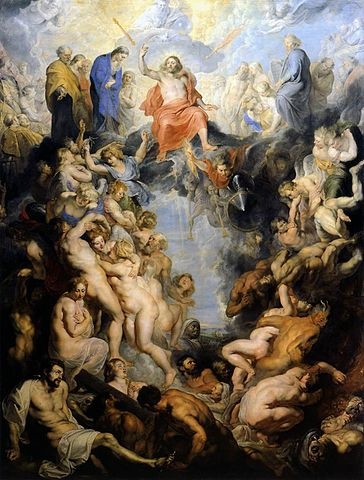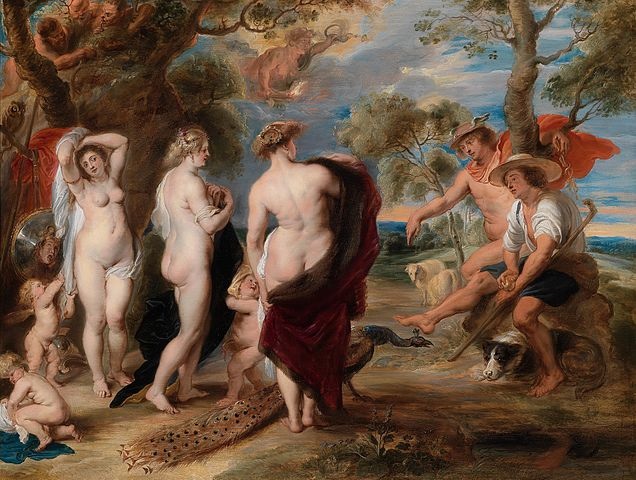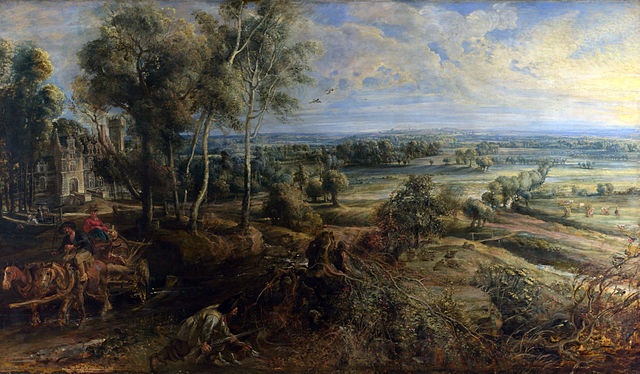Peter Paul Rubens
A name which conjures images of the theatrical, grandiose and very voluptuous, Rubens (1577-1640) was a key figure of Baroque art. The word ‘Rubenesque‘ describes a specific shape of woman which the artist painted and used to bring goddesses and wealthy beauties alike into the viewer’s realm. His abundance of flesh brought a totally new level of reality and sensuality to Western art, which remains his greatest legacy. But there is more to Rubens than pomp and nudity; he mastered religious and mythological subjects, landscape and portraiture, and was the most in-demand painter of his age.
In his early twenties Rubens travelled to Italy, which was to prove a resonating influence throughout his career. He studied the examples of Graeco-Roman antiquity which his much admired predecessors had, and he blended this with his traditional Dutch training to create a visual style that was totally unique. Returning home to Antwerp he opened a studio which was to produce his protégé and most famous pupil Anthony Van Dyck (1599-1641). Working for the Church, the monarchy and the wealthy Rubens became something of a diplomatic ambassador, travelling Europe and leaving masterpieces wherever he went. Although Rubens’ taste for the Italian is clear, especially the influence of the Venetian titans Tintoretto, Veronese and Titian (think drama, vivid colour and energetic but controlled brushstrokes) it is his bold dynamism and invention which makes him an unrivalled master.



